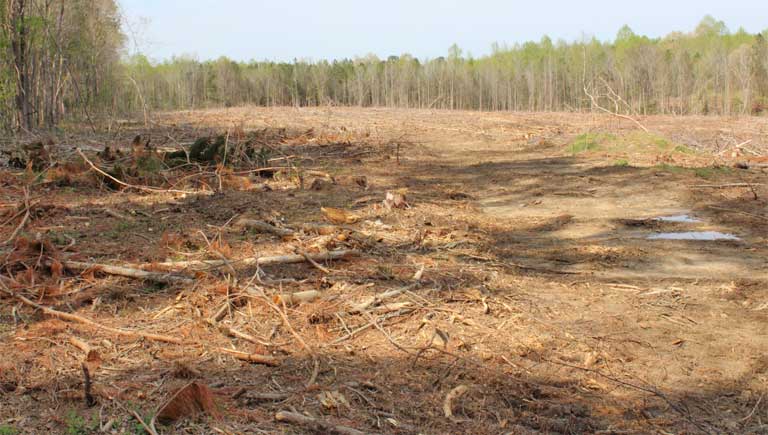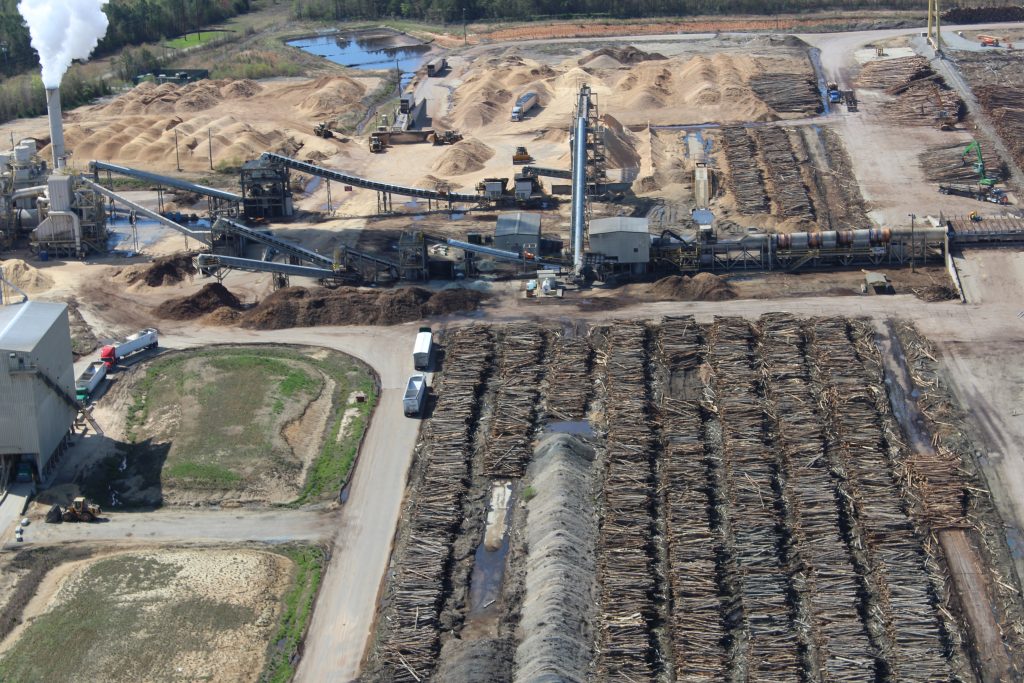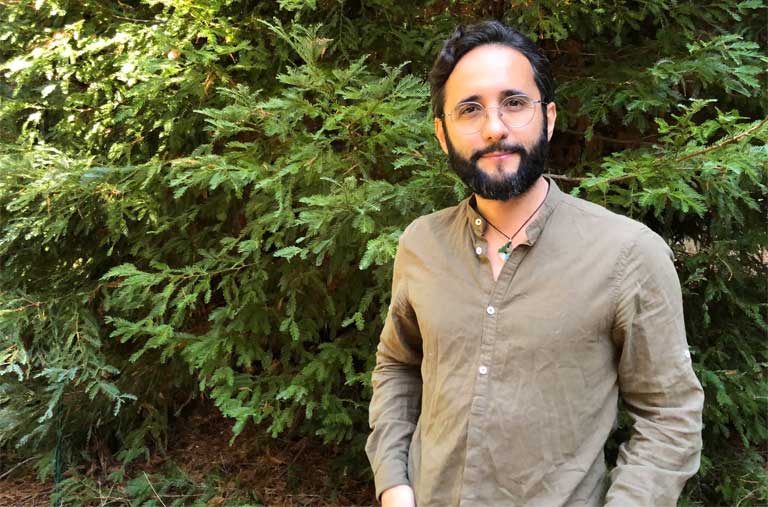
This multimedia story — the most complex of any I’ve written for Mongabay — was months in the making. In late spring, my editor Glenn Scherer and I talked about a kind of global supply-and-demand story regarding the biomass industry. In early June, I created a Google alert for “biomass” and “wood pellets” and started gathering links to stories about the industry. It became obvious after a few weeks that despite this incessant lobbying of scientists and NGOs, despite mountains of science over a decade demonstrating that biomass is not carbon neutral like wind and solar and should not have the same legal designation, despite the loss of so many badly needed carbon-sequestering forests in the US, Canada, Russia, Eastern Europe and now Asia, the biomass industry is only growing — rapidly — in size, scale, profitability and as a natural offshoot, political influence. All this at a time when climate change is only accelerating.
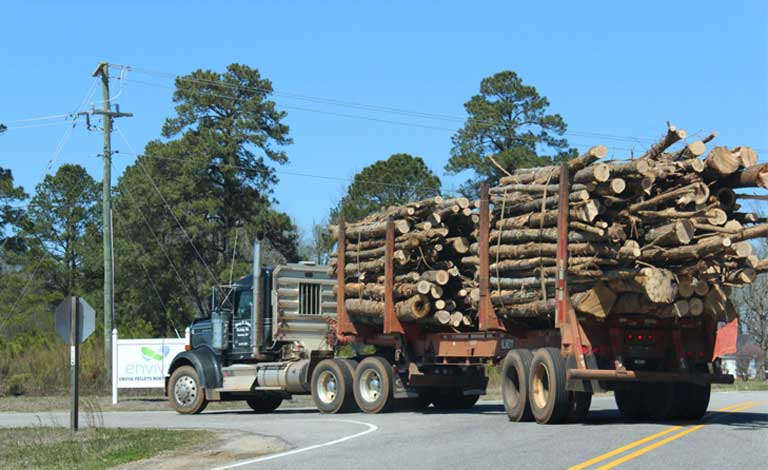
A load logging truck pulls into the Enviva biomass wood pellet plant in Northampton, North Carolina. Image courtesy of the Dogwood Alliance / NRDC.
To tell this story, Glenn and I recognized we needed more than a long, involved narrative — though I produced one. We needed visuals: interactive graphics, photographs, another video produced by the super-talented Manon Verchot. It’s all here. Including this YouTube video. It’s a compelling package and a rather grim reality. There is a potential bright spot in The Netherlands where public support against biomass for energy and heat is high, and the Dutch government — a major user of biomass instead of coal — has been urged by an independent advisory commission to phase out its use of biomass. Some advocates hope that if the Dutch government acts, other EU nations may just follow suit.
In the meantime, the biomass industry continues to pile up whole trees for pelletizing along with record profits.
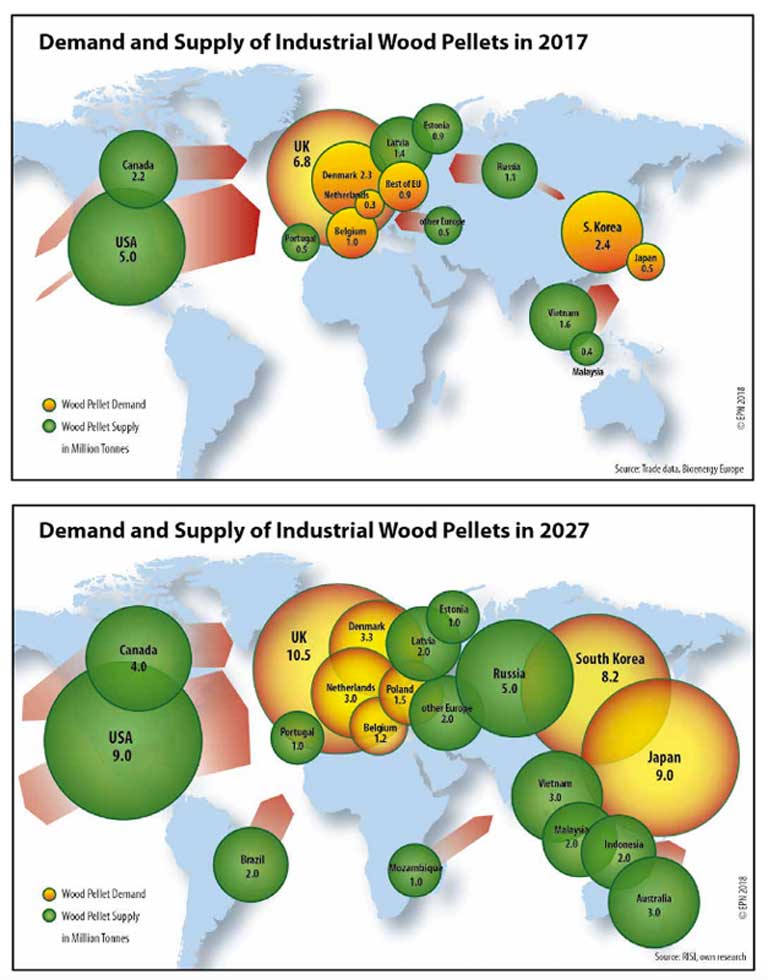
In 2017 demand for industrial wood pellets exceeded 14 million tons. By 2027, demand is expected to more than double to over 36 million tons. The biggest increases in biomass burning by 2027 are expected in Europe, Japan and South Korea, with newly targeted source forests in Brazil, Mozambique and Australia. Image courtesy of Environmental Paper Network



